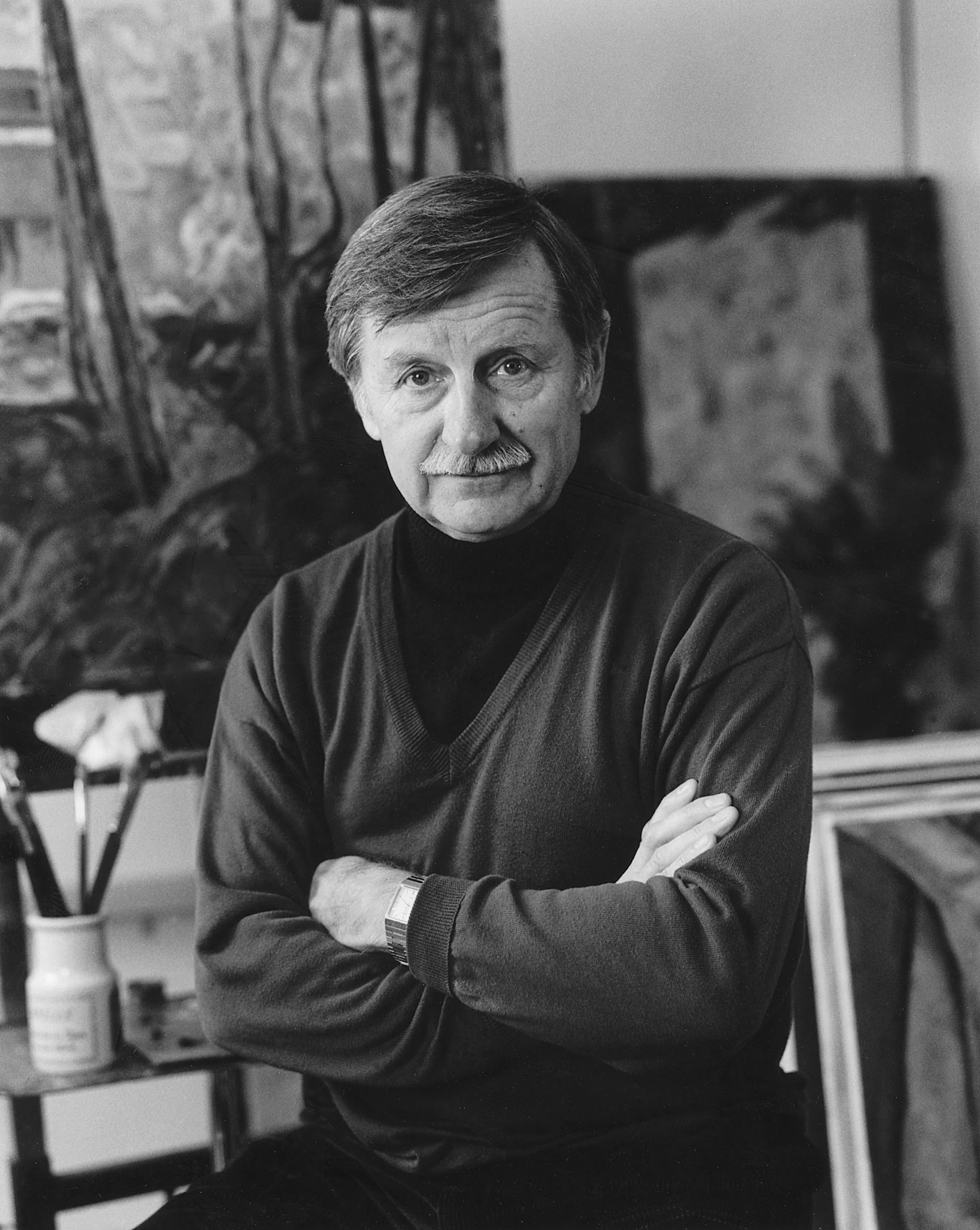
Interviewed and Edited by Irene Reti. 89 pages. 2016.
To read the full text [PDF] of Founding the Aesthetic Studies Major at UC Santa Cruz: An Oral History with Professor Pavel Machotka [University of California Escholarship system].
Pavel Machotka arrived at UC Santa Cruz in 1970, when the campus was only five years old. He was hired by the Psychology Board of Studies and by Provost James Hall of the newly forming College Five in a time at UCSC when academic positions were jointly held between colleges and boards of studies. In this oral history Machotka describes the UCSC of the 1960s and early 1970s as “full of uncertainty and enthusiasm…. The atmosphere was one of experimentation, happiness to be here, some confusion, enormous energy for doing things. We felt we were in on the beginnings of a lovely experiment.”
It was that atmosphere of possibilities which created the climate for Machotka, Provost of College Five James Hall, Jonathan Beecher, David Swanger, Ivan Rosenblum, Eugene Switkes, and a few other colleagues to design and found the innovative interdisciplinary Aesthetic Studies major, housed in College Five. Aesthetic Studies was one of several interdisciplinary majors offered by the UCSC colleges. Others offered at that time included Modern Society and Social Thought (Stevenson College); and Latin American Studies (Merrill College). The 1972-73 UCSC General Catalog includes the following description of Aesthetic Studies:
It is specifically intended for students who 1) wish to devote concentrated study to certain fields of aesthetics such as art history, sociology of art, or aesthetic theory and psychology, or b) who wish to devote themselves to the practice of arts not represented by full boards of study and degree programs, or who need greater flexibility in combining the practice of several related arts. Four distinct “paths” exist within the major in Aesthetic Studies: a Studio-Performance path, an Aesthetic Theory and Psychology path, a History of the Visual Arts path, and an Art and Society path.
The heart of this oral history is dedicated to a conversation about the strengths and weaknesses of this innovative major, which attracted and graduated creative, brilliant, and accomplished students and exemplified the best of UC Santa Cruz during its early period, but ultimately fell prey to some of the systemic problems with the campus at that time. Aesthetic Studies unfortunately did not survive Chancellor Robert Sinsheimer’s reorganization of UCSC in the late 1970s, which eliminated college majors and most college courses. Machotka was provost of College Five during this period of transition (1976 to 1979) and discusses some of his feelings about that reorganization and the early years of UCSC.
After reorganization, Machotka continued to teach in the psychology board, becoming chair from 1988-1991. He also chaired the Academic Senate (1991-1994) and served on several Senate committees. Those activities are also covered in this narrative. Machotka took early retirement from UCSC in 1994 as part of the Voluntary Early Retirement Incentive Program (VERIP) but continued to teach and conduct research at UCSC for several years after that, until his move to Umbria, Italy.
In the early 1980s, after years in academia, Machotka decided to devote himself to the practice of painting, for which he received some mentoring from his colleagues at UC Santa Cruz, especially Professor of Art Donald Weygandt. Now an accomplished painter, Machotka has exhibited his paintings in Santa Cruz, the San Francisco Bay Area, Prague, and Italy. He has also authored many books on the psychology of art including (Painting and Our Inner World: The Psychology of Image Making (Kluwer Academic Publishers, New York, 2003); Style and Psyche: The Art of Lundy Siegriest and Terry St. John (Hampton Press, Cresskill, NJ: 1999); and on the painter Paul Cézanne (Cézanne: Landscape into Art (London and New Haven: Yale University Press, 1996) and Cézanne: The Eye and the Mind (Marseille, Crès Editions, 2008). Since retiring, Machotka has lectured around the world, participated in international congresses, and served on editorial and advisory boards, including Ph.D. dissertation committees and two scholarly journals concerned with the psychology of artistic creativity.

 Santa Cruz, CA
Santa Cruz, CA



